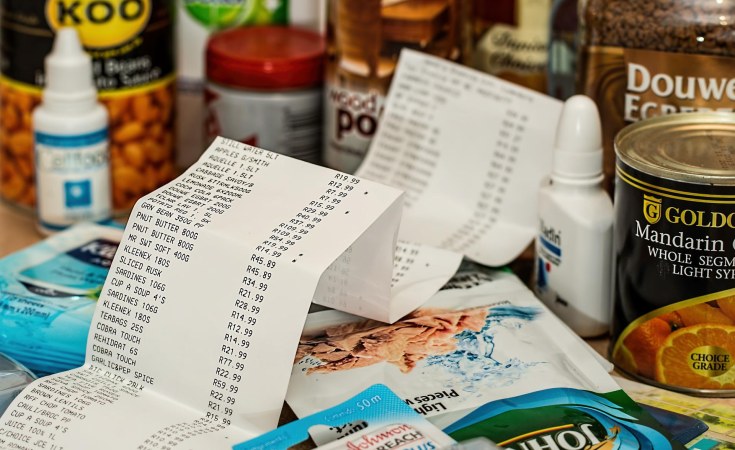The latest edition of the Essential Food Pricing Monitoring (EFPM) report, released by the Competition Commission on Wednesday, details how inflation has come down, but food inflation remains at nearly twice the inflation rate for all goods and services.
The report also highlights comparative trends in grocery retailer margins to global peers. It shares evidence of 'rocket and feather' [retail prices go up like 'rockets' after an increase in wholesale costs but fall like 'feathers' after a decrease] effects in maize meal, cooking oil and bread, and provides an in-depth overview of the beef value chain in South Africa.
The Commission said it is actively monitoring essential food prices and investigating the factors driving food inflation.
"This ensures transparency regarding the profit margins set by producers and retailers of these products. With upstream commodity prices declining in the first half of 2023, the Commission is now focusing on how quickly this translates into lower prices for consumers," the Commission said in a statement.
However, this report indicates that these price drops have not consistently resulted in reduced producer or retail prices or have been delayed in doing so, noting that producers and retailers face other cost pressures.
The Commission noted that competition authorities in Canada, Ireland and the United Kingdom recently published reports on the state of grocery retail competition in these countries in light of high food inflation.
"These reports assess trends in retail profits over the past three to four years. When comparing their findings to South Africa, we notice that local retailers are much more profitable than their counterparts in these countries. This could be due to various factors, including differences in the level of competition.
"Additionally, in some markets like the UK, retailer margins are decreasing, as discounters gain prominence, while in South Africa, margins increased between 2019 and 2022 before a recent decline primarily attributed to load shedding costs.
"This edition of the EFPM report also provides an overview of the work that has been done by other researchers, who have found evidence of the rocket and feather effect in local staple food value chains reviewed, where prices rise quickly during inflationary periods and decline slowly when inflation subsides," the Commission said.
Various explanations have been proposed for this phenomenon, with the key concern being the potential dysfunction of competition.
The EFPM includes an update on recent pricing trends and margins at the producer and retail level for sunflower oil, bread, maize meal, and individual quick frozen (IQF) chicken pieces.
Key findings of the EFPM include:
- Bread and wheat prices (lagged three months to reflect the time to feed into producer stock) fell by approximately 10% during the first quarter of the year but producer and retailer prices for bread both rose by 3% in this period, and only started to drop in the second quarter of the year.
- White maize prices (lagged three months) have fallen consistently and by 23% since February but producer and retail prices for maize meal have yet to decline.
- Cooking oil prices have been on a declining trend since a year ago when the EFPM report indicated that producer prices were rising, despite sunflower seed prices remaining stable in South Africa.
However, while retailers cut their margins during the period of rising prices, they have been slower to reduce prices, resulting in expanding margins. More recently, sunflower seed prices (lagged three months) have dropped but producer prices have still not responded.
As noted in the previous EFPM Report, IQF chicken price inflation remains lower than food inflation. The Commission will continue to monitor this value chain following the re-imposition of anti-dumping tariffs.
Some of the large food companies have recorded large revenue increases as a result of price increases, rather than volume growth, the Commission said.
Some producers have indicated that load shedding costs have not had a material impact on their businesses, except for poultry producers.
Beef value chain
This EFPM report takes a closer look at the South African beef sector, a crucial component of the country's economy and diet, finding that it is becoming increasingly concentrated, with more companies vertically integrating across several points of the value chain.
The number of commercial cattle farmers has more than halved in the last 10 years.
The top 10 cattle feedlots account for almost 70% of cattle, up from 50% only six years ago. Feedlots are increasingly integrated into abattoirs and the top 10 slaughtered close to 50% of cattle.
During 2023, weaner calve prices declined substantially, which has resulted in lower prices for beef carcasses too.
However, the retail price for beef cuts collectively has not declined this year, resulting in the retailer share reaching 40% of the shelf price, the highest share since January 2021.
The complete report can be found on the Commission's website at: https://www.compcom.co.za/wp[1]content/uploads/2023/09/EFPM-Report_Sep-2023_publication.pdf.


